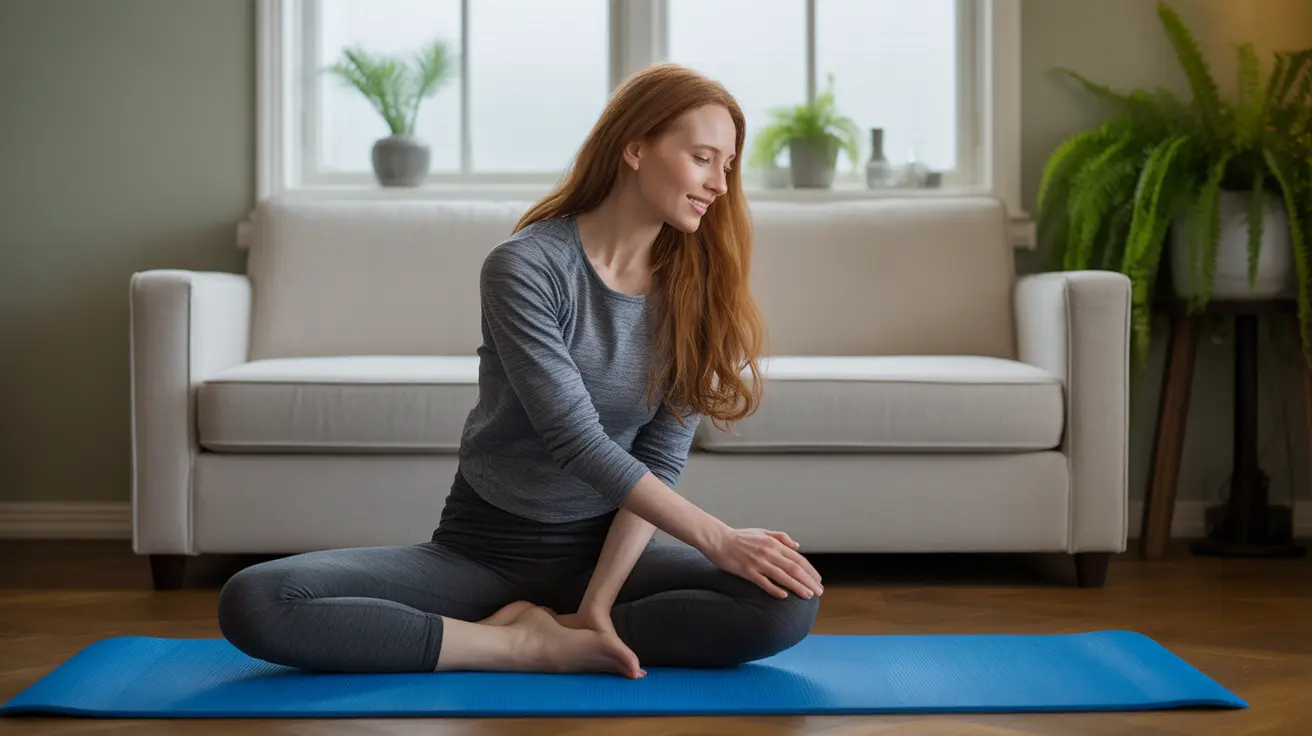Prepatellar bursitis, often called "housemaid's knee" or "carpenter's knee," occurs when the bursa in front of the kneecap becomes inflamed. This condition can significantly impact daily activities, making it crucial to understand the recovery timeline and proper treatment approaches. Whether you've developed this condition through work, sports, or injury, knowing what to expect during healing can help you manage your recovery effectively.
This comprehensive guide will walk you through the typical recovery process, symptoms to watch for, and proven treatment strategies to help you return to your normal activities as quickly and safely as possible.
Understanding the Recovery Timeline
The healing time for prepatellar bursitis can vary significantly depending on several factors, including the severity of inflammation and the chosen treatment approach. Most cases of acute prepatellar bursitis typically resolve within 2-8 weeks with appropriate home care and treatment. However, chronic cases may require longer recovery periods and more intensive medical intervention.
Recognizing the Symptoms
Early identification of prepatellar bursitis symptoms can lead to faster treatment and recovery. Common signs include:
- Swelling at the front of the knee
- Tenderness when touching the kneecap area
- Warmth around the affected area
- Limited range of motion
- Pain when kneeling or applying direct pressure
Treatment Approaches for Faster Recovery
Conservative Treatment Methods
Initial treatment typically focuses on conservative approaches to reduce inflammation and promote healing:
- RICE method (Rest, Ice, Compression, Elevation)
- Over-the-counter anti-inflammatory medications
- Activity modification
- Protective padding when kneeling
Physical Therapy and Exercises
Once initial inflammation subsides, specific exercises can help strengthen the knee and prevent recurrence:
- Gentle stretching exercises
- Quadriceps strengthening
- Range of motion exercises
- Balance training
When to Seek Medical Care
While many cases of prepatellar bursitis can be managed at home, certain situations require professional medical attention:
- Severe pain or swelling
- Signs of infection (fever, redness, warmth)
- Symptoms that persist beyond 2-3 weeks
- Limited knee mobility affecting daily activities
Prevention Strategies
Preventing recurrence is crucial for long-term knee health. Key preventive measures include:
- Using knee pads during activities that require kneeling
- Maintaining proper posture during activities
- Regular stretching and strengthening exercises
- Avoiding prolonged pressure on the knees
Frequently Asked Questions
How long does prepatellar bursitis typically take to heal with home treatment?
With appropriate home care, most cases of prepatellar bursitis resolve within 2-8 weeks. However, consistent application of treatment methods and avoiding aggravating activities are essential for optimal healing.
What are the main symptoms that indicate prepatellar bursitis in the knee?
The primary symptoms include swelling in front of the kneecap, pain when kneeling, tenderness to touch, and possible warmth in the affected area. The skin may appear shiny and red in some cases.
What treatments and exercises can help speed up recovery from prepatellar bursitis?
Recovery can be accelerated through a combination of the RICE method, gentle stretching exercises, proper activity modification, and potentially anti-inflammatory medications. Physical therapy exercises focusing on strengthening and flexibility can also be beneficial.
When should I see a doctor for swelling or pain from prepatellar bursitis?
Seek medical attention if you experience severe pain, signs of infection, symptoms lasting longer than 2-3 weeks, or if the condition significantly impacts your daily activities.
How can I prevent prepatellar bursitis from recurring or becoming chronic?
Prevent recurrence by using appropriate knee protection during activities, maintaining good posture, performing regular strengthening exercises, and avoiding prolonged pressure on the knees. Making ergonomic modifications to your work or exercise environment can also help.




